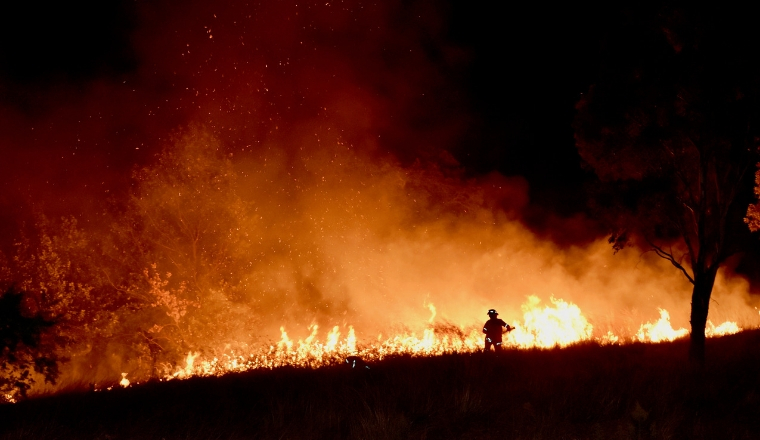
Australian Owned

Locally Stocked

FAST & FREE DELIVERY*

Phone support
How seals can help prevent future bushfire damage and why they are mandatory
Author: Digital Eagles Date Posted:18 March 2020
More than 12 million acres were lost across the country in blazes so intense they were visible from space and smoke hazes that extended all the way to New Zealand. In addition, over 1000 homes and numerous businesses and other buildings were lost in the inferno, which will all need to be rebuilt over time.

During this recovery effort, builders will be mindful of what has happened and endeavour to use methods and resources that can hopefully prevent homes being lost in the future.
Why door seals are vital for preventing bushfire damage
The Australian Standards AS 3959 covers the construction of buildings in bushfire-prone areas and was recently amended in 2018.
This was originally put in place after the pest control Canberra bushfires of 2003 which burned for a week and destroyed almost 500 homes.
The Standard was reviewed again in 2009 following the Black Saturday bushfires in Victoria that resulted in countless homes being lost and an enormous loss of human life.
AS 3959 sets six different bushfire attack levels and the mandatory building requirements associated with them. Here are the levels and the requirements for each:
- BAL-LOW: This is a level where there is not enough risk to warrant special requirements.
- BAL-12.5: This is for regions that are prone to ember attacks, falling, burning debris from nearby bushfires. Under this level, it is a requirement to have weather strips, draught excluders or draught seals installed on any external doors that are side-hung. Panel-lift, tilt and side-hung doors in garages also require seals.
- BAL-19: This is for areas that have an increased level of ember attack risk, ember debris as well as heat flux between 12.5 and 19 kW m2. It has the same requirements as BAL-12.5.
- BAL-29: When the previous risk rises to between 19 and 29 kW m2, this level applies. The same requirements apply.
- BAL-40: When the region is also at risk of being exposed to flames, this Standard applies. All of the same doors need seals but at this level, it is a requirement that they are manufactured from silicon rubber.
- BAL-FZ: The highest level where homes are at risk of being directly exposed to the fire front. All exposed doors must include seals that do not compromise the Building Code of Australia (BCA) Fire Resistance Level (FRL) or Australian Standard AS1530 Part 4.
The latest 2018 update also added new requirements to be included for garage doors in buildings with a flammability index of no higher than five.
As well as being a requirement, these designs will help stop toxic smoke entering the property, fire embers and help maintain the fire resistance of the structure.
And they have the added benefit of helping reduce energy consumption and reduce electricity costs – offering benefits to residents year-round.
Comments (1)
liquid stone Sydney
By: John Lee on 28 March 2020
